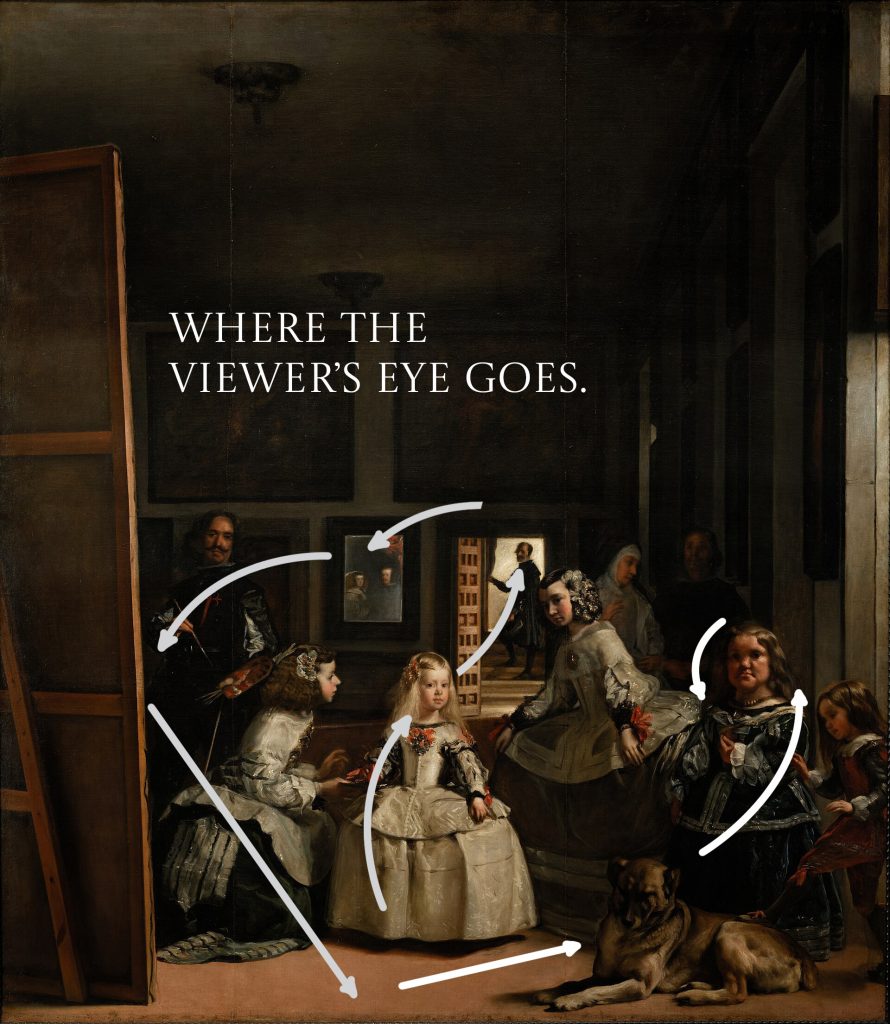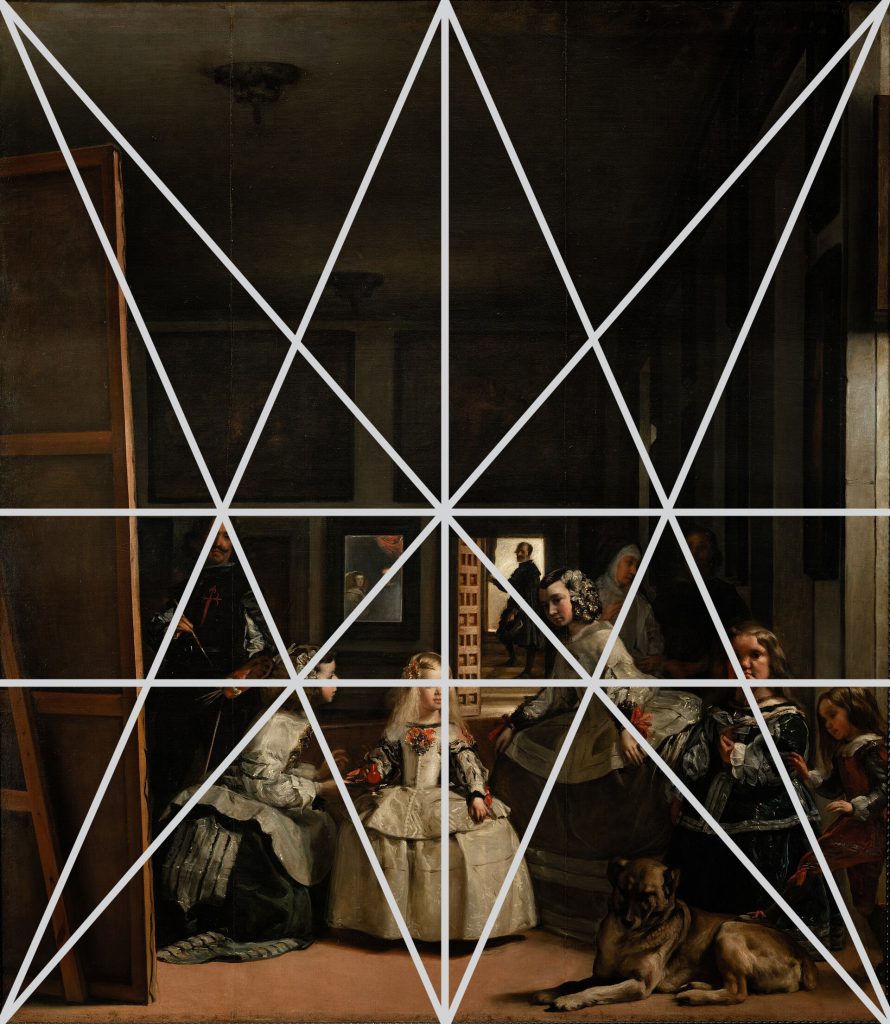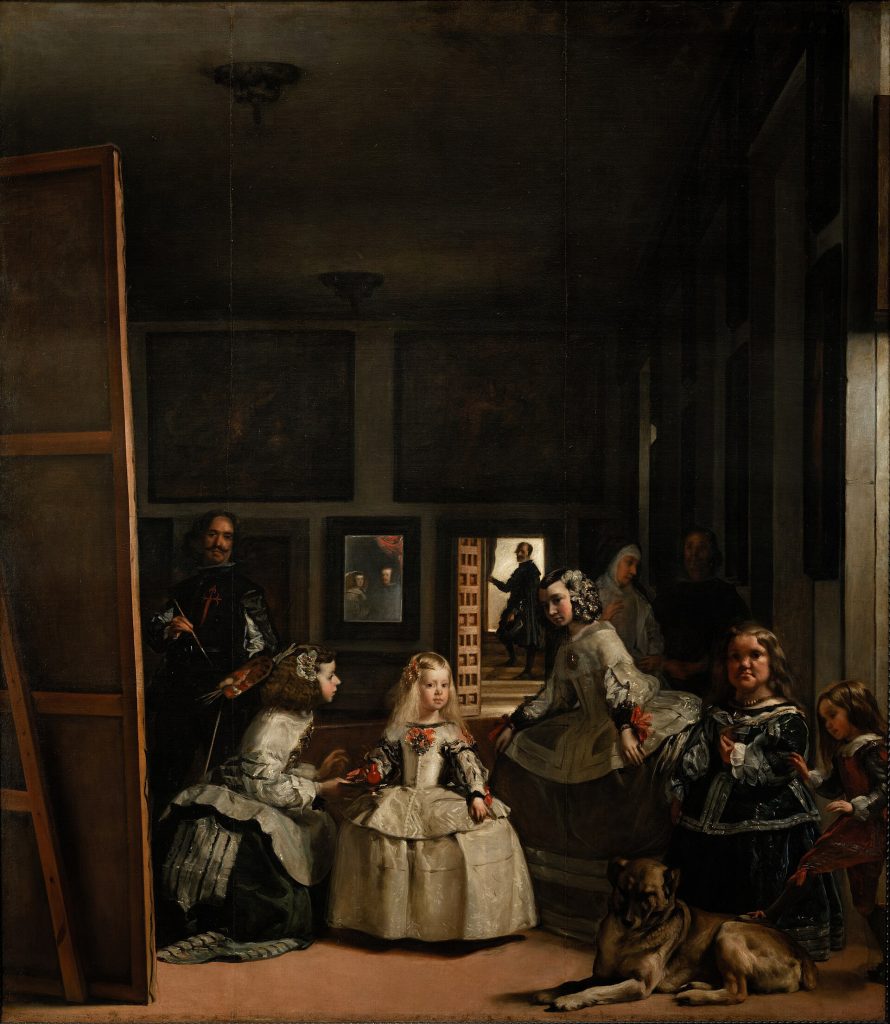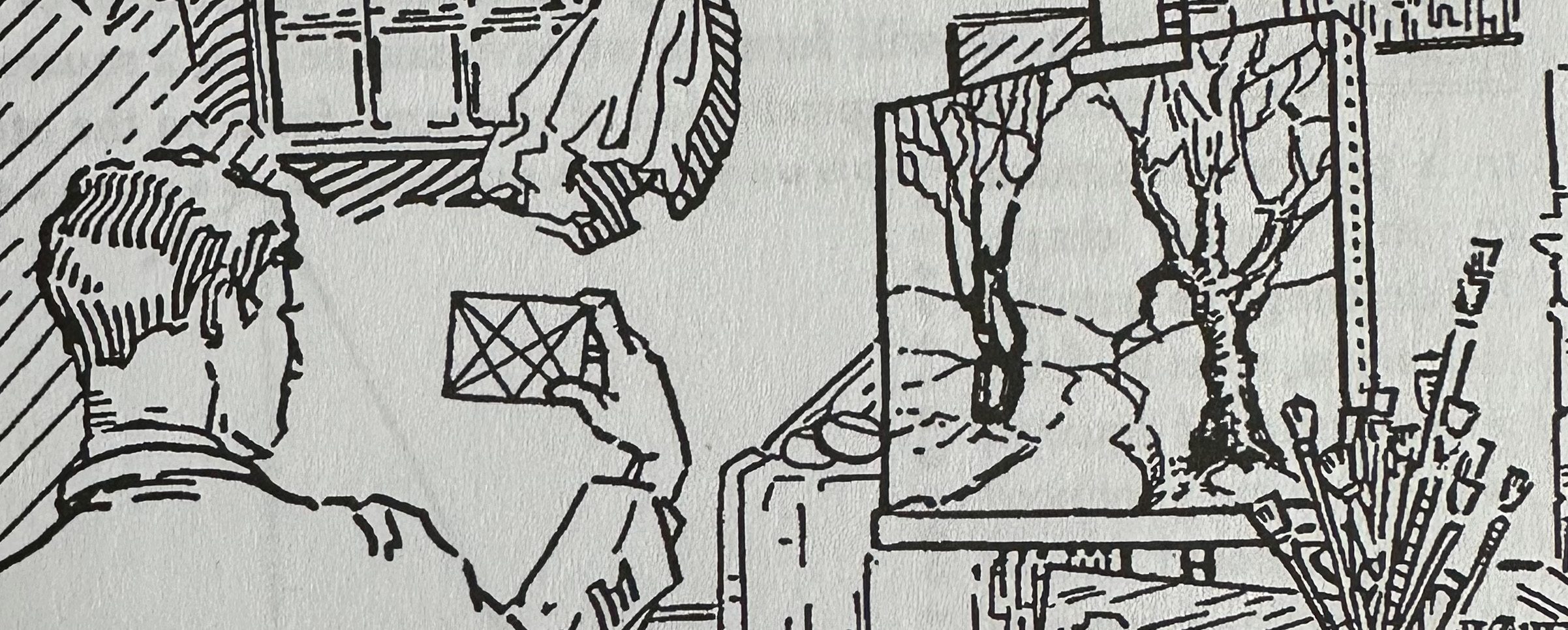When I studied at art school, I spent four years immersed in five weekly classes: sculpture, art history, painting, drawing, and composition. That’s where I discovered the two Pearls of painting that guide every great artwork: perception and tools.
In this tutorial, I’ll break them down so you can apply them in your own work.
1. Master Perception
What the Viewer Feels
Perception is about how a viewer experiences your painting. Focus on three levels:
- Composition — Think of it as the skeleton of painting. It determines where the viewer’s eye goes. Ask yourself: Does the viewer know where to look first?
- Colour and Light — These are the body. They create mood, depth, and emotion. Sometimes, colour itself is the hero. Always ask yourself: Do the colours guide the emotion I want to convey? Or what I feel when I look at these colours?
- Idea (Concept) — The heart of painting. This could be a story, an emotion, or a philosophical thought. Ask: What message or feeling painting leave behind?

2. Tools
How Artist Bring It to Life
Tools are the ways artist express his vision:
- Form — Helps the viewer recognize objects and understand volume. Ask: Does the form make the subject tangible or believable?
- Line — Adds tension, rhythm, and style. Lines guide the eye and set the painting’s flow. Ask: Does the line work with the composition to keep the viewer engaged?

Combine the Five Essentials
When all elements work together, you get a complete painting. Think of these as the five essentials:
- Composition — directs the gaze
- Colour & Light — evokes emotion
- Form — defines shapes and volume
- Line — sets rhythm and style
- Idea — gives meaning
A painting becomes powerful when structure, emotion, volume, rhythm, and meaning all work together.

Now Your Turn: Try identifying these five elements in a painting you love. Notice how composition guides your eye, how colour and light make you feel, how form and line create rhythm, and what idea or story ties it all together.
I could easily end here — but I want to leave you with a small personal insight.
A quiet life-hack that’s become part of my daily creative rhythm and artistic practice.
Just as nature has its own mathematics, an artist has their own perception and creative process — and their own tools for translating the world into art and visual expression.
To avoid getting trapped in the structure that can so often suffocate the creative spirit, I keep something simple:
A visual journal.
Every day, I give myself 10 to 15 minutes. No goals. No expectations. Just a stream of whatever comes.
I even make bad drawings on purpose — to break the inner voice that says “it has to be good.”
I allow myself to create badly.
Because that, to me, is honest.
That honesty is the foundation of true creative growth and artistic freedom.
And if you’ve made it all the way to the end of this post, maybe something in these words stirred something in you.
If it did — I’d love to know what it was.
Leave a comment and share your thoughts or your own creative rituals with me. I’m listening.
Welcome to the next session – Learn From the Masters
Next, we’ll compare Salvador Dalí’s The Last Supper (1955) and Leonardo da Vinci’s The Last Supper (1495–1498). Two radically different takes on the same subject, separated by nearly 500 years. Yet in both, all five pillars are at work — each in a unique way.

